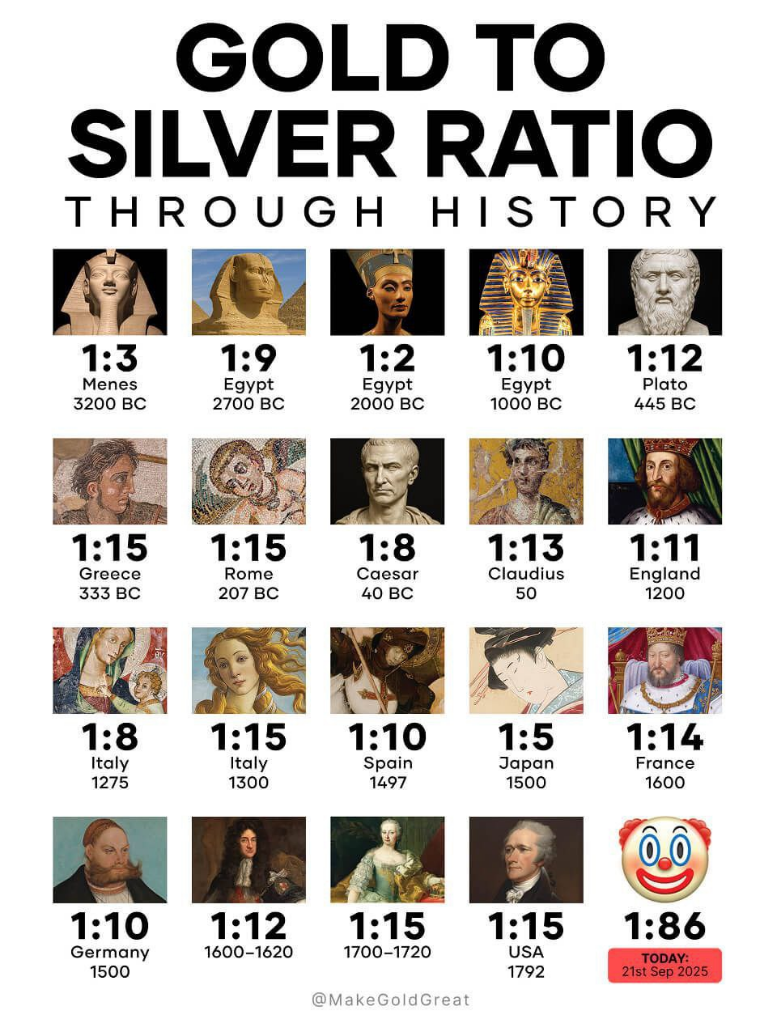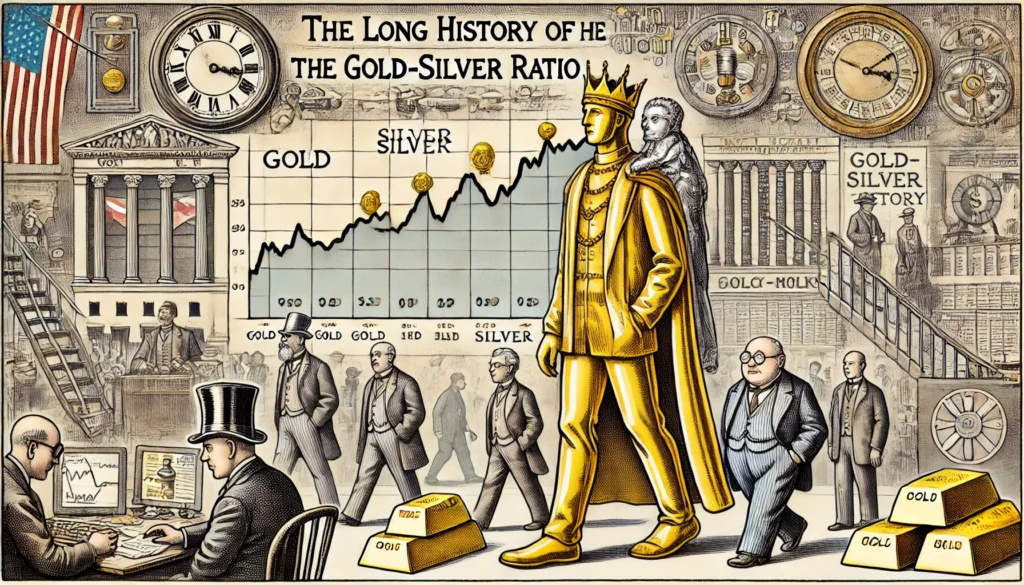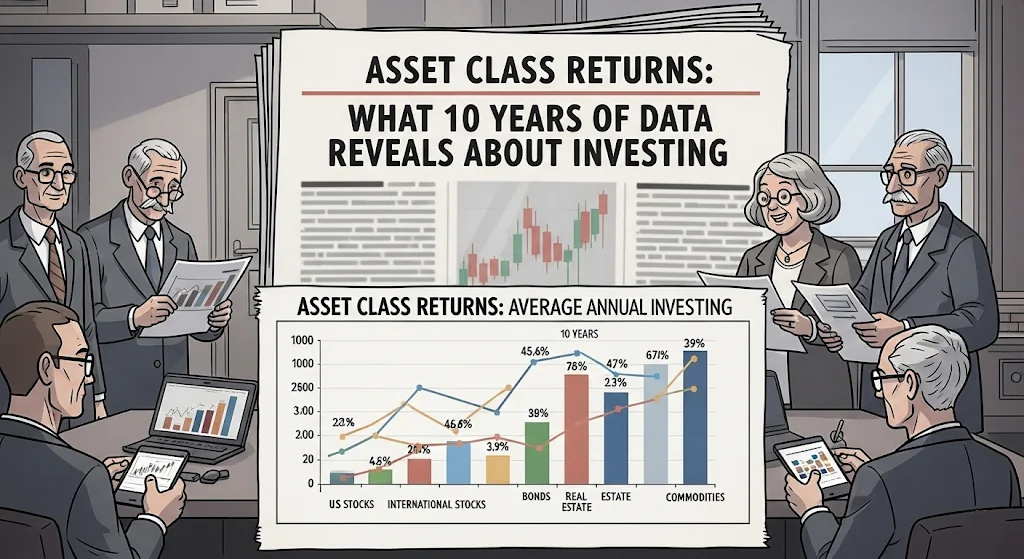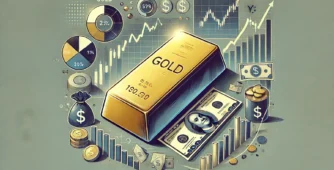The Long History of the Gold-Silver Ratio
For centuries, the gold to silver ratio has remained steady and meaningful. In ancient times, the value of one unit of gold was often equal to around 10 to 15 units of silver. In some periods, the ratio was even lower, such as 1 to 3 or 1 to 9. (see the image below)

This balance between the two metals stayed within a close range for a long time, reflecting how both were seen as money and held equal importance in trade and reserves.
The Rise of the Modern Ratio
Things began to change when global financial systems moved to the gold standard. Silver could not keep pace with the demand for gold during that time. As gold became the preferred choice for reserves, silver slowly lost its monetary role and turned into more of an industrial metal. Today, the gold to silver ratio stands around 1 to 86, a major shift from historical levels. This means that one ounce of gold is worth 86 ounces of silver, showing how far silver has fallen in comparison.
The Role of Central Banks and Speculation
In the modern era, central banks around the world have continued to accumulate gold as a reserve asset, but almost none have shown interest in silver. While there have been occasional reports—like the Saudi Arabian central bank showing interest in silver—no major official move has been made. Silver remains largely speculative, with traders and investors hoping for a big move. Some people have even tried to corner the silver market in the past, but such efforts have never truly changed its long-term value trend.
Why Silver Remains Risky
The ratio has hovered between 79 and 80 for the last few years, though it once dropped to as low as 16 in the 1960s. Many silver enthusiasts believe that such a fall could happen again, but that seems unlikely unless silver becomes part of official reserves. For now, silver is driven by private investors, not governments. Unlike gold, it does not have a guaranteed demand from central banks. Silver can rise sharply, but when it falls, it often takes decades to recover. This makes silver a much riskier metal to hold for the long term.
Gold Still Shines Brighter
Gold, on the other hand, remains a safer and steadier investment. It continues to be held by central banks, and its value is supported by global confidence. While silver may perform well during certain times, gold usually has stronger fundamentals. If the current shortage of precious metals continues, both metals may rise—but gold is more likely to remain stable while silver could see wild swings.
A Word of Caution
The global silver market is in a fragile state. Any imbalance in supply and demand could lead to sudden price shocks, similar to how crude oil once went negative when buyers disappeared. A collapse in any metal exchange could create chaos in prices. That is why investors need to be cautious with silver and avoid getting carried away by sudden rallies. Gold remains the more dependable metal to invest in during uncertain times.










